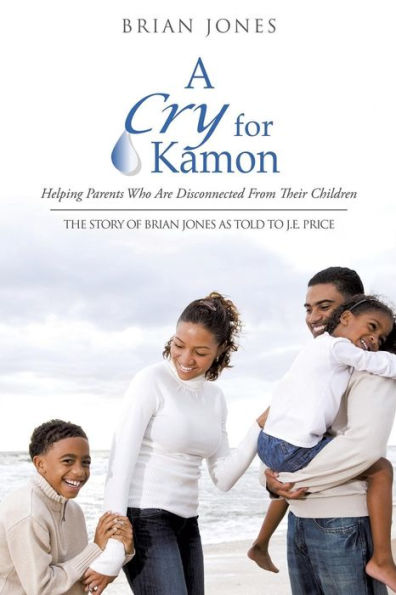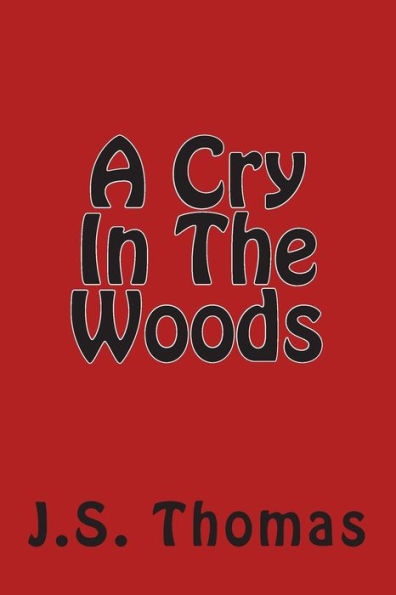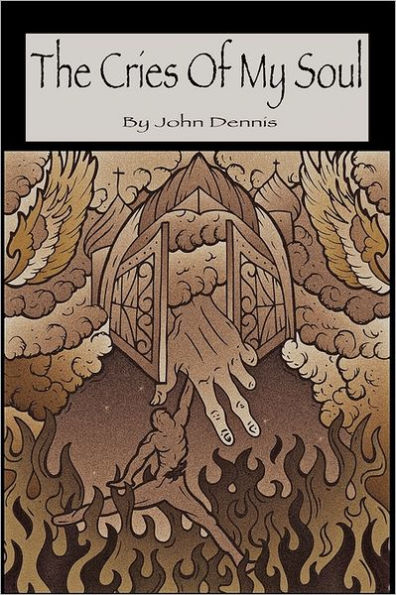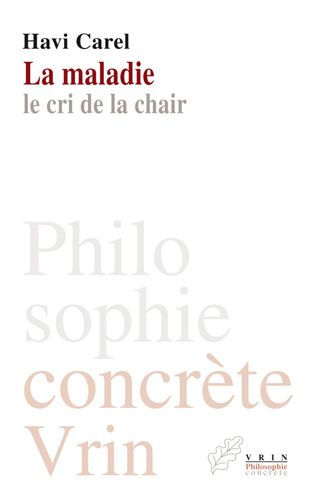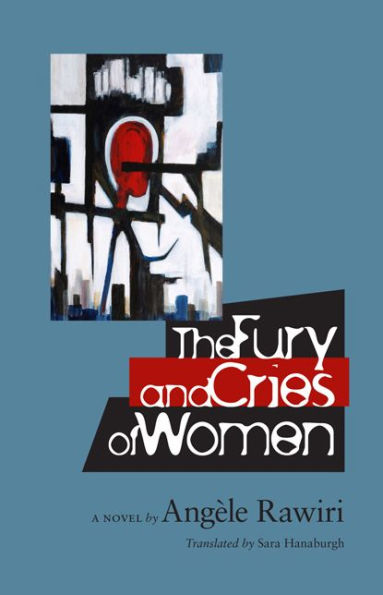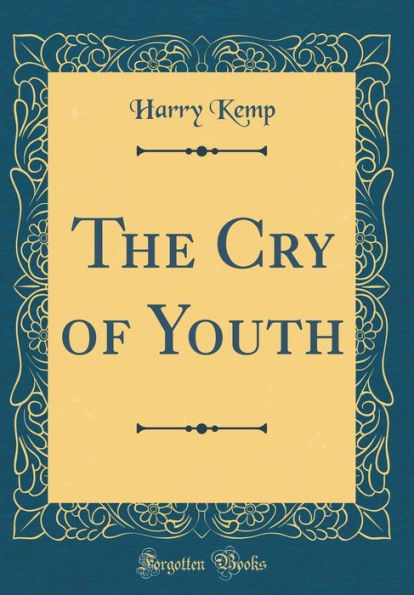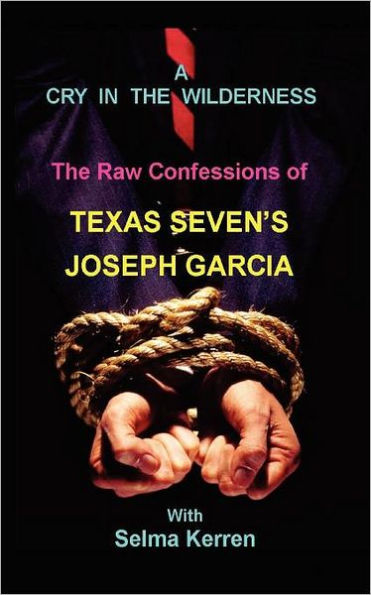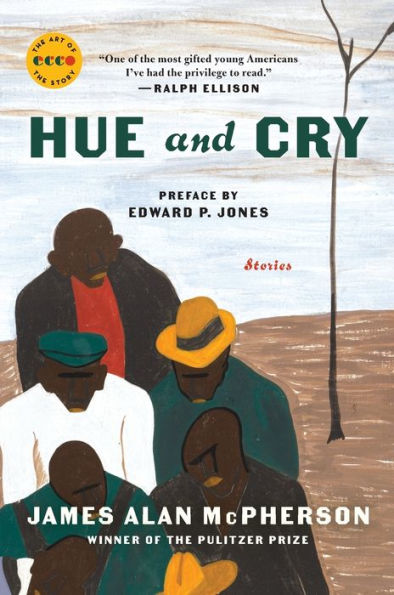Home
The Cry
Barnes and Noble
The Cry
Current price: $30.99
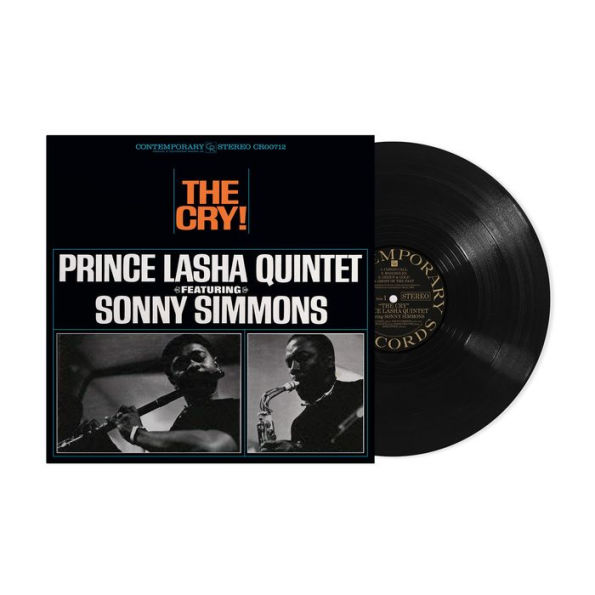

Barnes and Noble
The Cry
Current price: $30.99
Size: OS
Loading Inventory...
*Product information may vary - to confirm product availability, pricing, shipping and return information please contact Barnes and Noble
In the early '60s, flutist
Prince Lasha
's work with alto saxophonist
Sonny Simmons
was often compared to the trailblazing
free jazz
that
Ornette Coleman
was exploring at the time. To be sure,
Coleman
was a major inspiration to both of them. And yet,
The Cry!
demonstrates that
Lasha
's work with
Simmons
had an
avant-garde
energy of its own.
is a strong influence on this 1962 session -- which
co-led with
-- but
isn't an outright imitation of
's work any more than
Phil Woods
' recordings are outright imitations of
Charlie Parker
's. For one thing,
is slightly more accessible than the albums that
recorded for
Atlantic
in the early '60s.
Free jazz
performances like
"Bojangles,"
"A.Y.,"
and the rhythmic
"Congo Call"
are abstract, cerebral, and left-of-center, but they're still a bit more accessible than
's harmolodic experimentation. The same thing goes for the
Latin
-influenced
"Juanita"
and the bluesy
"Red's Mood,"
which is
-minded but also has a strong
influence -- in fact, the tune successfully bridges the gap between Bird and
and shows listeners what those altoists had in common. It should be noted that, even though
(which employs
Gary Peacock
or
Mark Proctor
on acoustic bass and
Gene Stone
on drums) is
, it isn't the blistering, ferocious stuff that
Albert Ayler
,
Cecil Taylor
, and late-period
John Coltrane
were known for in the 1960s. This album is quirky and dissonant, but it isn't harsh or confrontational. In
circles,
went down in history as one of
's finest accomplishments -- and deservedly so. ~ Alex Henderson
Prince Lasha
's work with alto saxophonist
Sonny Simmons
was often compared to the trailblazing
free jazz
that
Ornette Coleman
was exploring at the time. To be sure,
Coleman
was a major inspiration to both of them. And yet,
The Cry!
demonstrates that
Lasha
's work with
Simmons
had an
avant-garde
energy of its own.
is a strong influence on this 1962 session -- which
co-led with
-- but
isn't an outright imitation of
's work any more than
Phil Woods
' recordings are outright imitations of
Charlie Parker
's. For one thing,
is slightly more accessible than the albums that
recorded for
Atlantic
in the early '60s.
Free jazz
performances like
"Bojangles,"
"A.Y.,"
and the rhythmic
"Congo Call"
are abstract, cerebral, and left-of-center, but they're still a bit more accessible than
's harmolodic experimentation. The same thing goes for the
Latin
-influenced
"Juanita"
and the bluesy
"Red's Mood,"
which is
-minded but also has a strong
influence -- in fact, the tune successfully bridges the gap between Bird and
and shows listeners what those altoists had in common. It should be noted that, even though
(which employs
Gary Peacock
or
Mark Proctor
on acoustic bass and
Gene Stone
on drums) is
, it isn't the blistering, ferocious stuff that
Albert Ayler
,
Cecil Taylor
, and late-period
John Coltrane
were known for in the 1960s. This album is quirky and dissonant, but it isn't harsh or confrontational. In
circles,
went down in history as one of
's finest accomplishments -- and deservedly so. ~ Alex Henderson

